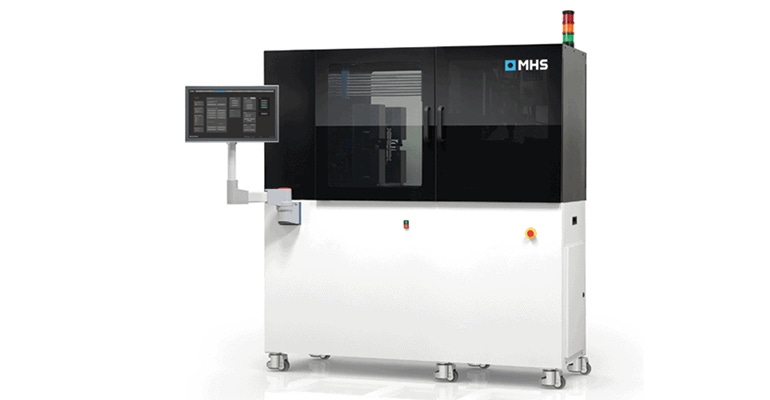Hot Runner–Enabled Direct Gating Slashes Plastic Injection Molding Waste
Eliminating cold runners from micro-molding applications could eliminate millions of pounds of plastic waste annually, according to Vijay Kudchadkar, Director of Advanced Engineering at Westfall Technik.
March 22, 2022

In the spirit of sustainability, the molding experts of Westfall Technik are combining advanced hot runners, machine controls, and the company’s Isokor micro-molding technology to significantly reduce the amount of virgin resin used to produce medical parts.
|
Vijay Kudchadkar |
Vijay Kudchadkar, Westfall’s Director of Advanced Engineering, will discuss these advances at Plastec West on April 12 in Anaheim, CA, when he presents what he says is the first known medical application in which 50% recycled polypropylene was used to produce 200-μl pipette tips.
The recycled polypropylene for this application “was sourced from medical and scientific single-use plastic waste that otherwise would have ended up in landfills,” according to Westfall.
In his presentation, Advanced Molding Technologies that Enable Reduction in Plastic Consumption and Waste, Kudchadkar will explain how Westfall’s M3 Isokor technology eliminates cold runners from micro-molding applications.
“I would estimate millions of pounds of plastic waste could be reduced per year by using advanced molding technologies,” he emphasized.
In micro molding, “the weight of a cold runner system can be five to 50 times the weight of the part,” he explained. “It is an excessive amount of waste — especially when the cold runners cannot be recycled, and the resin is expensive. To put this into perspective, it would be like using 20 kilograms (44 pounds) of flour to make just four medium thin-crust pizzas. Even when regrind is permitted, the entire mass of cold runner scrap produced will not be reused, since the part volumes are so small compared to the cold runner volume.”
The “vast amounts” of cold runner material that cannot be reused must be disposed of, sold, or, in the worst case, end up in landfills, he added.
Furthermore, cold runners “require handling, which increases the number of steps in the process and increases production costs. Millions of parts have to be detached from millions of cold runners. Labor and energy is required to regrind the cold runners, when regrind is permitted. Unused cold runners must be disposed of — again consuming labor and energy.”
The key behind Westfall’s capability, he continued, is that “innovative hot-runner gating solutions now allow parts to be direct gated, thereby eliminating cold runners. Advanced screw control enables automatic adjustments for material viscosity variation, which reduces scrap rates. In many plastic parts, direct gating is not possible with conventional technology because of the part geometry, material, and/or cosmetic or functional requirements.”
The value of eliminating cold runners and using direct gating to reduce scrap adds up dramatically, as Kudchadkar illustrates.
“Consider an application where the production goal is five million PEEK micro parts per year,” he said. “In this application, the part weight is 0.0067 grams and the material cost is $90 per pound. If you attempt to make these parts with a two-cavity cold-runner mold, the cold-runner-to-part-volume would be 27.5. This would mean that in each cycle, two useful parts would be produced and material worth 55 parts would be scrapped. During the course of a year, 920.75 kilograms of resin worth $182,930 would be wasted. On the other hand, if you make these parts with direct gating, 100% of these costs would be avoided and almost a ton of resin would be saved.”
Kudchadkar's session is scheduled on April 12 at 2:20 p.m. in room 210 CD at the Anaheim Convention Center.
Part of the Informa Markets – Engineering (IME) West event in Anaheim, CA, on April 12 to 14, Plastec West is co-located with Medical Design & Manufacturing (MD&M), WestPack, automation show ATX, and Design & Manufacturing (D&M). A full conference schedule is available on the event website.
About the Author(s)
You May Also Like



